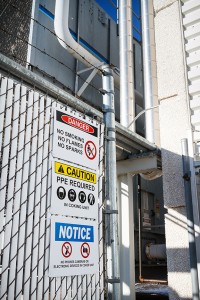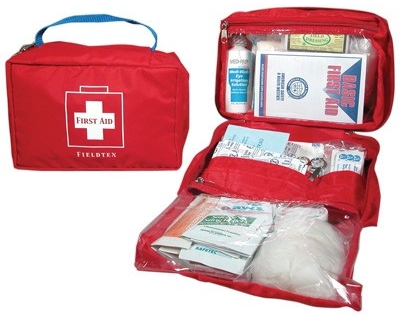We see them, but what exactly is in that First Aid Kit you probably walk by every day at your job? It is best to familiarize yourself with the items it contains before it’s too late. So what exactly should it contain you might ask? Well, the answer to that can be found in the newly revised American National Standard (ANS) minimum requirements for Workplace First Aid Kits and Supplies ANSI/ISEA Z308.1-2015. This updated standard focuses on two classes of first aid kits, Class A and Class B. The Class A kit includes first aid supplies intended to treat more common workplace injuries, while the Class B kit includes supplies to deal with more complex injuries.
To ensure the safety of your employees your facility’s first aid kits should be reviewed periodically. When conducting safety checks in your facility be sure first aid kits and stations are fully stocked. Also be sure to check expiration dates of all supplies. If the product is nearing the end of its useful life, take note and order replacement supplies. If anything has already expired, remove them from use immediately and restock as necessary.
Do you have some great first aid kit best practices your workplace follows? We’d love to hear from you. Let us know by posting in the comments below.
Get more information on OSHA’s first aid kit standards now.
Have questions? Feel free to contact us today. We’d be happy to help.











